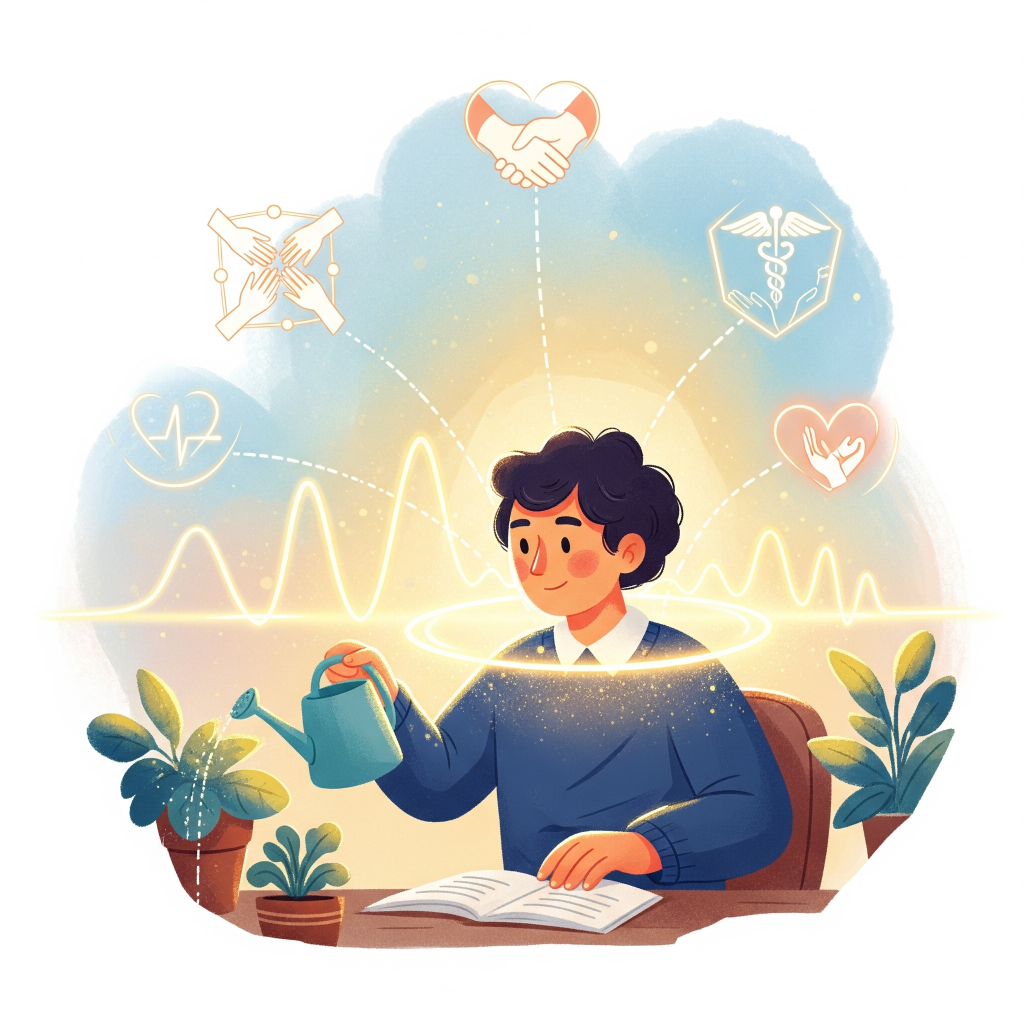
Diabetes is much more than a blood sugar issue, it is a silent threat to your vision and overall eye health. Persistently elevated blood glucose can damage the delicate blood vessels that nourish the retina, leading to fluid leakage, swelling, or even the growth of abnormal new vessels that block or bleed into the eye.
One of the most common consequences, diabetic retinopathy, often begins with no noticeable symptoms. As it progresses, you may experience blurry vision, floating spots, fluctuations in vision, or darkened areas in your sight. Left untreated, these changes can escalate into retinal detachment or glaucoma, both severe conditions that can ultimately cause vision loss or blindness.
Another frequent and serious complication is diabetic macular edema. This occurs when fluid builds up in the macula, the part of the retina responsible for sharp central vision, and distorts what you see. Diabetes also significantly raises the risk of cataracts, often causing them to form at a younger age, and doubles the chance of developing glaucoma, which damages the optic nerve and impairs vision permanently.
The driving force behind these threats is the chronic effects of poorly controlled blood sugar, high blood pressure, and high cholesterol. These factors weaken and inflame the retinal blood vessels over time, increasing the risk of leakages, vessel blockages, and progressive eye damage. The longer diabetes persists without effective control, the more likely these complications will develop.
Yet there is hope. Early detection and treatment can preserve sight. A yearly dilated eye exam is crucial, even when vision appears fine. Treatments like anti VEGF injections, laser therapy, or surgery can effectively halt progression and protect your vision when applied promptly. More than ninety percent of diabetes related vision loss can be prevented with early intervention.
The most powerful defense, however, lies in proactive diabetes management. Maintaining blood sugar, blood pressure, and cholesterol within target ranges, staying active, eating well, and avoiding tobacco all help reduce the likelihood of serious eye damage. This combination of healthy habits and regular care can protect both your vision and your quality of life.